Figures and data in Bitter taste receptors confer diverse
Por um escritor misterioso
Descrição
Insects and other animals use their sense of taste to tell if their food is safe to eat. Plant toxins, for example, often have a bitter flavor that animals can detect and avoid. Fruit flies have many bitter-sensitive nerve cells, but it is not known how the receptors on these nerve cells signal the detection of bitter-flavored compounds. Delventhal and Carlson have now used fruit flies to investigate how taste receptors of the so-called Gustatory receptor family detect bitter flavors. The experimental approach involved genetically modifying four different types of nerve cells that sense bitter compounds so that they produced higher levels of particular taste receptors than normal. Then, the flies were exposed to a range of bitter compounds while the electrical activity of each cell was measured. The analysis involved about 600 combinations of receptors, nerve cells and compounds. In some bitter-sensing nerve cells, increasing the number of taste receptors increased the cell’s responsiveness to bitter compounds. However, in other nerve cells, similar modifications suppressed an existing response or resulted in a new response. Delventhal and Carlson propose that these results suggest the specific response of a bitter-sensing nerve cell depends on the interactions between its different taste receptors. Furthermore, the ability of receptors to compete, inhibit or activate each other in different ways could have implications for evolution. For example, such flexible interactions might allow a taste system to evolve new, enhanced or diminished responses to new food sources and tastes in a changing environment. It now remains to be investigated how such receptor interactions take place at a molecular level.
Expression of Drosophila bitter receptors in taste neurons produced increased, decreased, or novel responses, supporting a model in which the response profile is determined by activation, inhibition, or competition among receptors.
Expression of Drosophila bitter receptors in taste neurons produced increased, decreased, or novel responses, supporting a model in which the response profile is determined by activation, inhibition, or competition among receptors.

IJMS, Free Full-Text
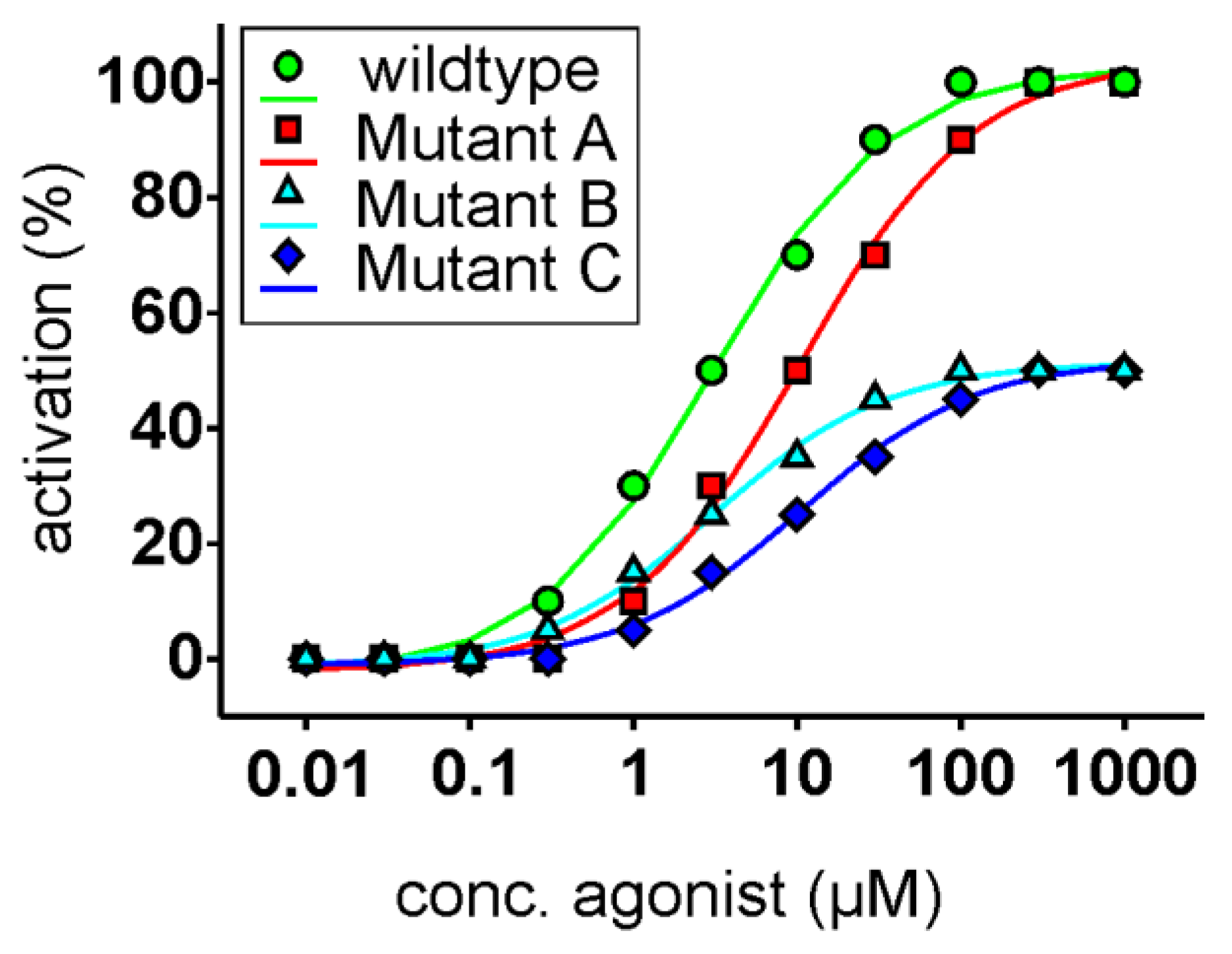
Molecules, Free Full-Text

CIMB, Free Full-Text

Figures and data in Bitter taste receptors confer diverse functions to neurons

Cardiac human bitter taste receptors contain naturally occurring variants that alter function - ScienceDirect

Summary of receptors for umami, sweet, bitter and sour tastes.Schematic

Putative Mammalian Taste Receptors: Cell
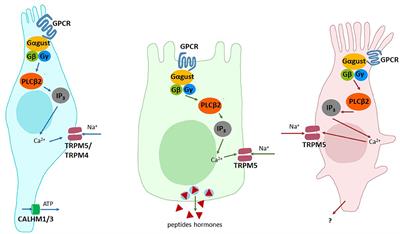
Frontiers Extra-Oral Taste Receptors—Function, Disease, and Perspectives
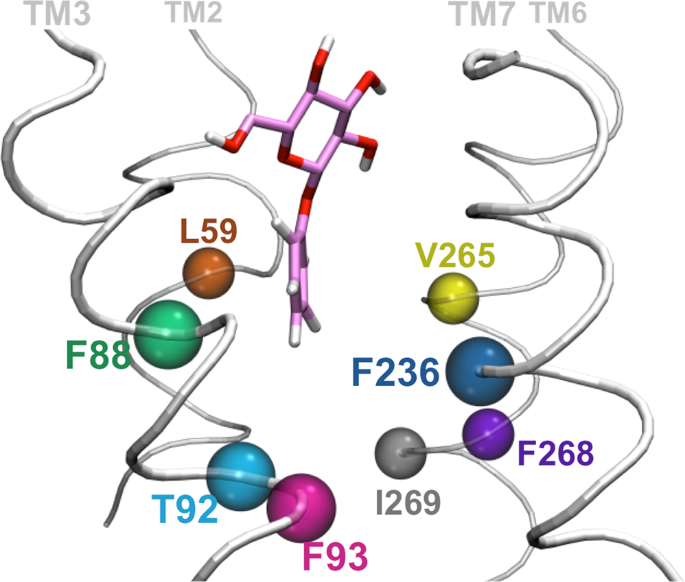
Dual binding mode of “bitter sugars” to their human bitter taste receptor target

Taste signal transduction for sweet, bitter and salt compounds. (A)
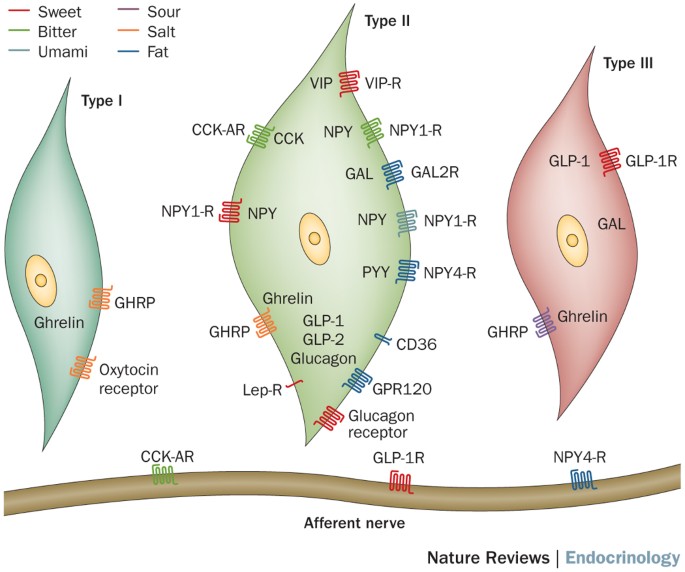
The endocrinology of taste receptors

Bitter taste receptors confer diverse functions to neurons

Taste buds: cells, signals and synapses
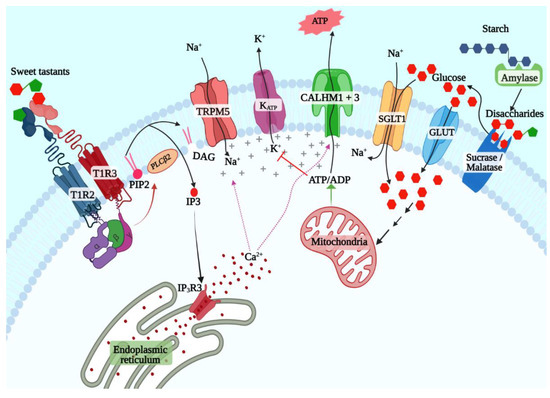
IJMS, Free Full-Text
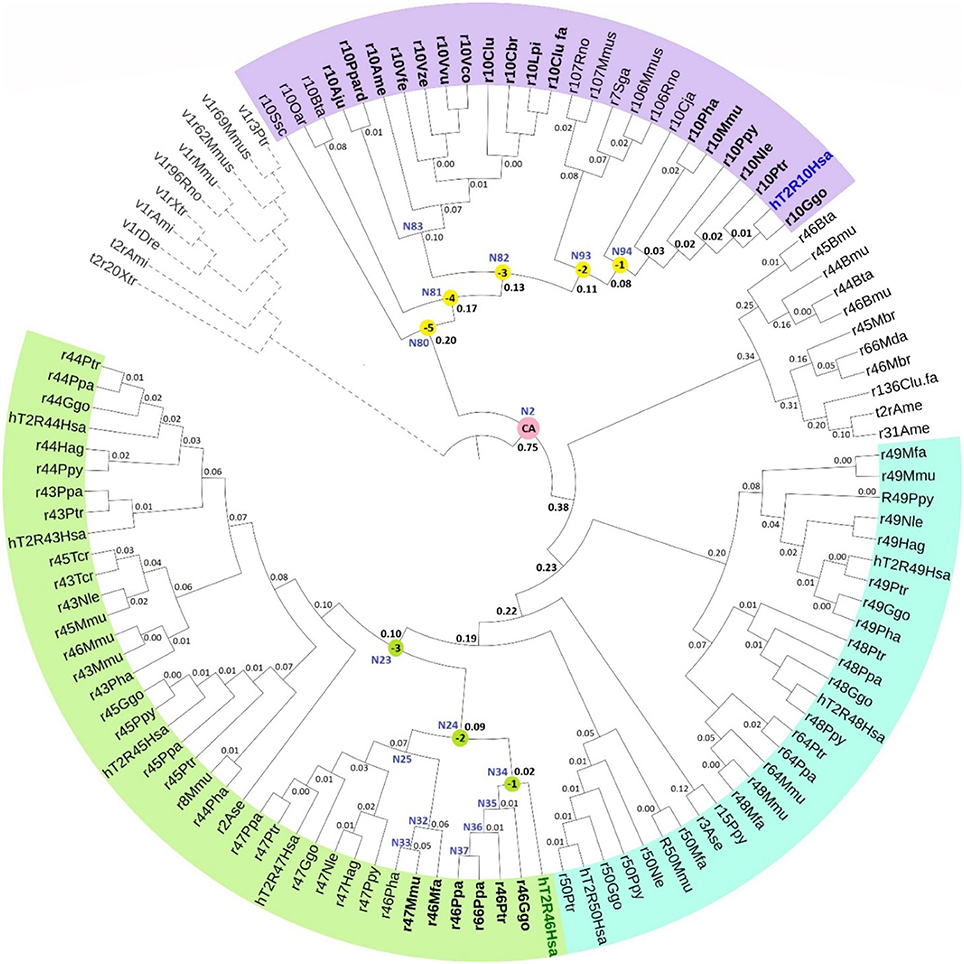
Frontiers Independent Evolution of Strychnine Recognition by Bitter Taste Receptor Subtypes
de
por adulto (o preço varia de acordo com o tamanho do grupo)



